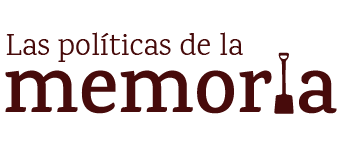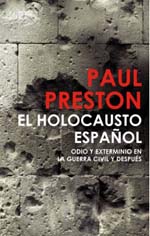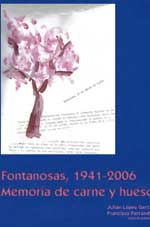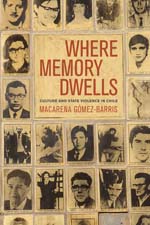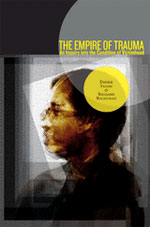El holocausto español
 Durante la Guerra Civil española, cerca de 200.000 hombres y mujeres fueron asesinados lejos del frente, ejecutados extrajudicialmente o tras precarios procesos legales, y al menos 300.000 personas perdieron la vida en los frentes de batalla. Un número desconocido fueron víctimas de los bombardeos y los éxodos que siguieron a la ocupación del territorio por parte de las fuerzas militares de Franco. En el conjunto de España, tras la victoria definitiva de los rebeldes a finales de marzo de 1939, alrededor de 20.000 republicanos fueron ejecutados. Muchos más murieron de hambre y enfermedades en prisiones y campos de concentración, donde se hacinaban en condiciones infrahumanas. Otros sucumbieron a las duras condiciones de los batallones de trabajo. A más de medio millón de refugiados no les quedó más salida que el exilio, y muchos perecieron en los campos de internamiento franceses. Varios miles acabaron en los campos de exterminio nazis. Todo ello constituye lo que a mi juicio puede llamarse el «holocausto español». El propósito de este libro es mostrar, en la medida de lo posible, lo que aconteció a la población civil y desentrañar los porqués.
Durante la Guerra Civil española, cerca de 200.000 hombres y mujeres fueron asesinados lejos del frente, ejecutados extrajudicialmente o tras precarios procesos legales, y al menos 300.000 personas perdieron la vida en los frentes de batalla. Un número desconocido fueron víctimas de los bombardeos y los éxodos que siguieron a la ocupación del territorio por parte de las fuerzas militares de Franco. En el conjunto de España, tras la victoria definitiva de los rebeldes a finales de marzo de 1939, alrededor de 20.000 republicanos fueron ejecutados. Muchos más murieron de hambre y enfermedades en prisiones y campos de concentración, donde se hacinaban en condiciones infrahumanas. Otros sucumbieron a las duras condiciones de los batallones de trabajo. A más de medio millón de refugiados no les quedó más salida que el exilio, y muchos perecieron en los campos de internamiento franceses. Varios miles acabaron en los campos de exterminio nazis. Todo ello constituye lo que a mi juicio puede llamarse el «holocausto español». El propósito de este libro es mostrar, en la medida de lo posible, lo que aconteció a la población civil y desentrañar los porqués.
Paul Preston
